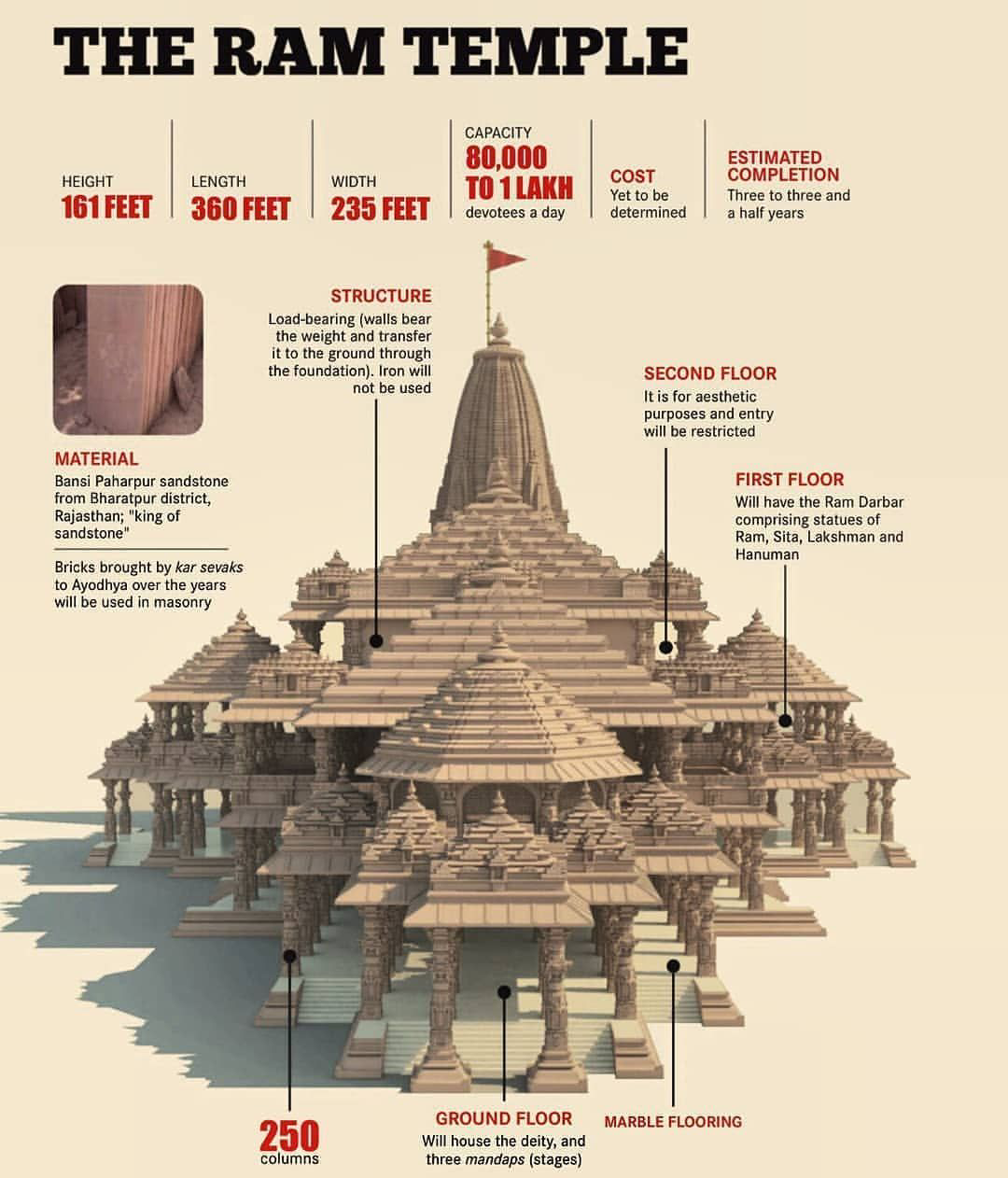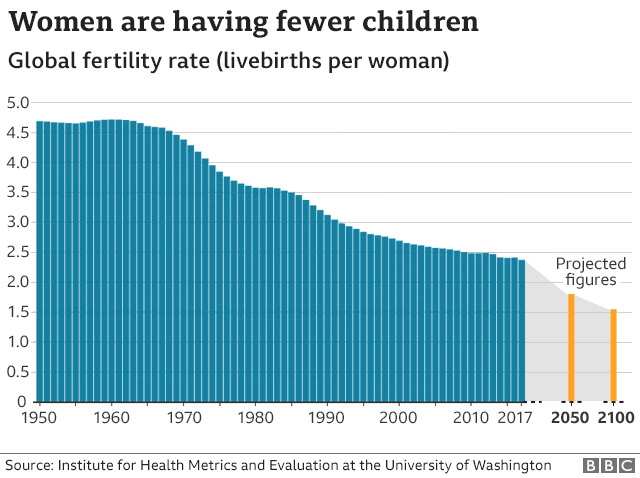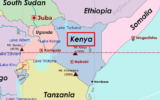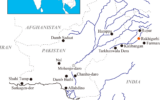
Slowing Down of Earth’s Inner Core Rotation
Subscribers of "Current Affairs" course can Download Daily Current Affairs in PDF/DOC
Subscribe to Never Miss an Important Update! Assured Discounts on New Products!
Must Join PMF IAS Telegram Channel & PMF IAS History Telegram Channel
- Context (IE): A new study has provided compelling evidence that the Earth’s solid inner core, composed of iron and nickel, began to slow down its rotation compared to the planet’s surface in 2010.
- Since the Earth’s core and most part of the Earth’s interior is physically inaccessible, researchers typically study it by analysing seismic waves generated by earthquakes recorded on seismograms.
Impacts
- The process could potentially change the length of a day on Earth by fractions of a second.
- The inner core‘s spin is influenced by the magnetic field generated in the liquid outer core and gravitational effects within the Earth’s mantle.
- The inner core’s rotation generates Earth’s magnetic field and influences geological processes. Changes in its rotational speed could affect Earth’s magnetic properties and geomagnetic events.
- The recent study says that the inner core is reversing and backtracking relative to the surface, rotating slower than the mantle for the first time in about 40 years.

Credits: USC
Connection to Climate Change and Earth’s Rotation
- A separate study (Nature Journal) found that climate change-driven melting of ice in Greenland and Antarctica was affecting global timekeeping by slowing down Earth’s rotation.
- The liquid core was slowing down, causing the solid Earth to rotate faster to counterbalance the effect, resulting in fewer ‘leap seconds’ being needed to be added to the Coordinated Universal Time (UTC).
|
Coordinated Universal Time (UTC)
- UTC is the primary time standard by which the world regulates clocks and time. It is based on precise atomic clocks and is maintained by the International Bureau of Weights and Measures (BIPM).
- UTC is designed to approximate the mean solar time at 0° longitude (the prime meridian), which is the basis for civil time and time zones.
Leap Seconds
- The Earth’s rotation is gradually slowing due to tidal forces from the Moon and Sun, as well as changes in Earth’s structure and climate. Consequently, the length of a day based on Earth’s rotation increasingly diverges from the day defined by atomic clocks.
- To account for this divergence and keep UTC in sync with the Earth’s rotation, leap seconds are added.
- A leap second is a one-second adjustment that is inserted as a “stop” second into UTC to keep it aligned with the Earth’s rotation. It is added on either June 30th or December 31st, as required.







![PMF IAS Environment for UPSC 2022-23 [paperback] PMF IAS [Nov 30, 2021]…](https://pmfias.b-cdn.net/wp-content/uploads/2024/04/pmfiasenvironmentforupsc2022-23paperbackpmfiasnov302021.jpg)











